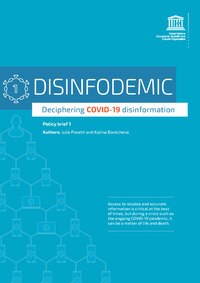
Photo from wikipedia
Abstract This study aims to develop a maximum likelihood regression tree-based (MLRT) ZINB (zero-inflated negative binomial) model to predict shipping accident mortality, and also to examine the factors which affect… Click to show full abstract
Abstract This study aims to develop a maximum likelihood regression tree-based (MLRT) ZINB (zero-inflated negative binomial) model to predict shipping accident mortality, and also to examine the factors which affect the loss of human life in shipping accidents. Based upon 23,029 sets of shipping accidents observations collected from 2001 and 2011 in global water areas, a tree comprising 7 terminal nodes is built, each of which is assigned by a separate ZINB model. Model results indicate that the large number of shipping accident casualties are closely related to collision, fire/explosion, sinking, contact, grounding, operating time, capsizing, docking condition, hull/machinery damage, and miscellaneous causes. In addition, it is found that there is a larger casualty count for the accidents occurring under adverse weather conditions or far away from coastal/port areas. In addition, sinking is recognized as the accident type which causes the largest number of casualties. This study can help the decision makers to propose effective strategies to reduce shipping accident casualties.
Journal Title: Ocean Engineering
Year Published: 2018
Link to full text (if available)
Share on Social Media: Sign Up to like & get
recommendations!